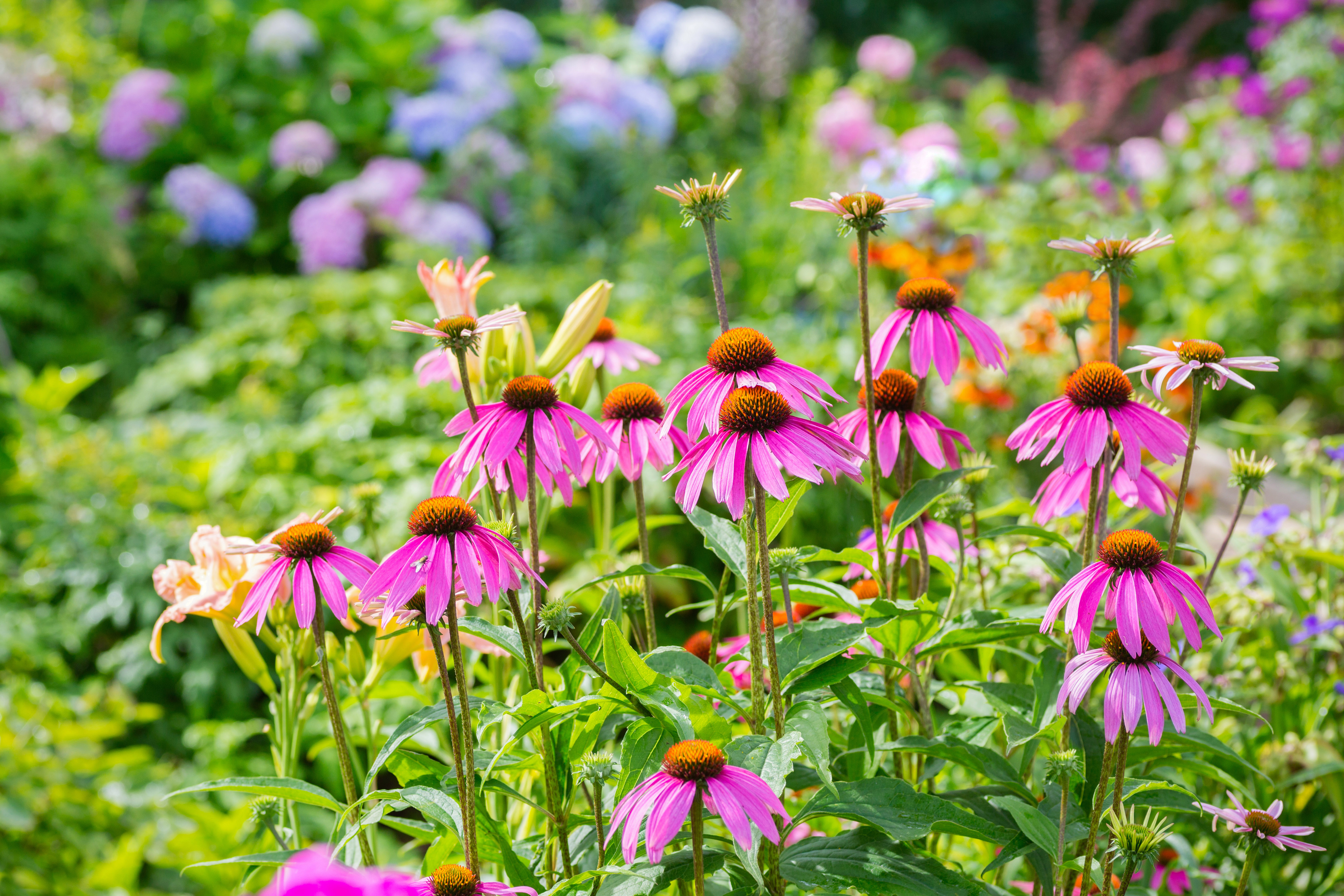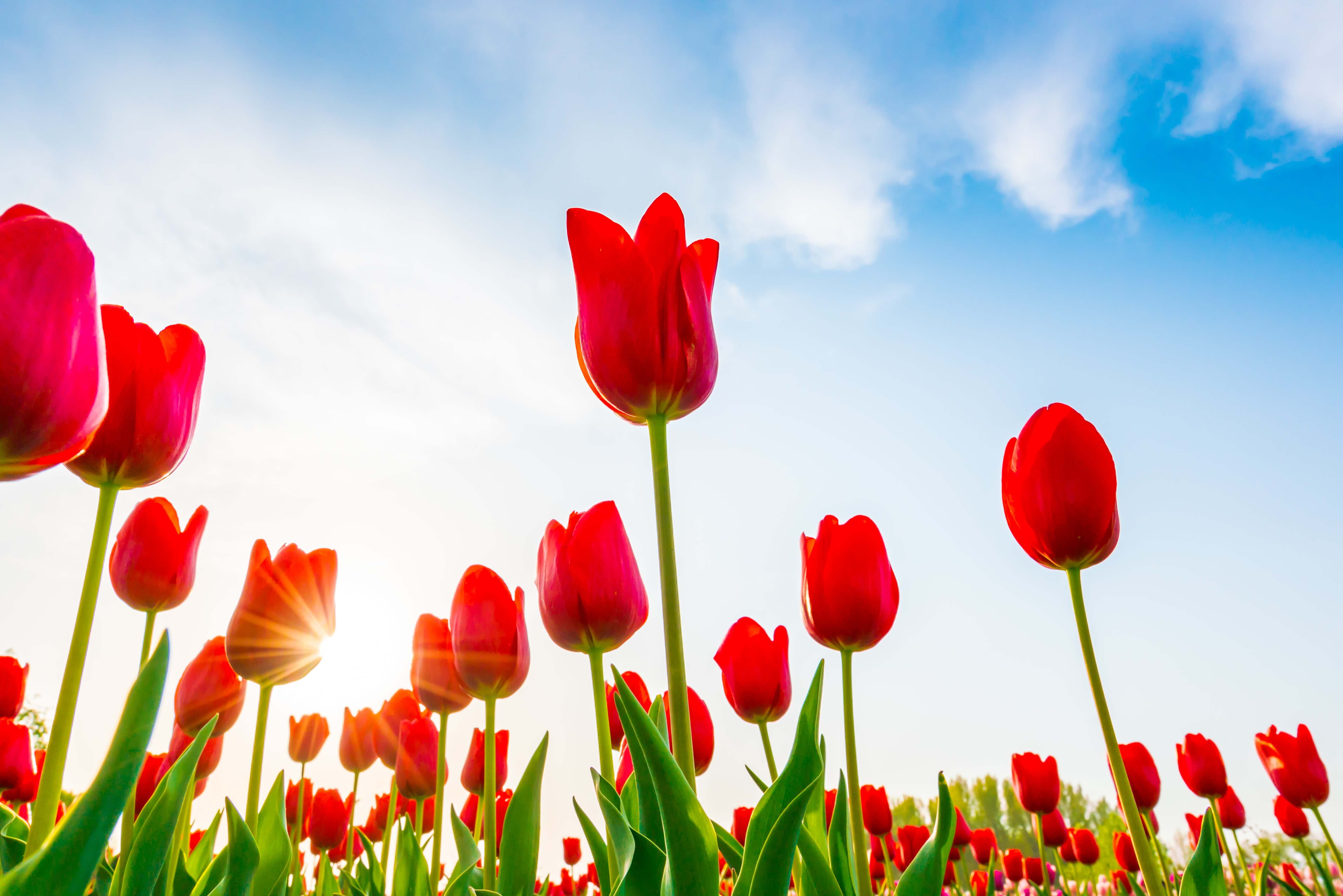Best Flowering Plants for Spring Gardens: A Burst of Color and Life

Spring is nature's wake-up call, a time when the world comes alive with vibrant hues and sweet scents. After the long, cold winter, there's nothing quite like witnessing the transformation of a dull landscape into a breathtaking canvas of colorful flowers. If you're eager to create a stunning spring garden, you're in the right place. Let's dive into the world of the best flowering plants for spring gardens and explore the seasonal plants that will make your outdoor space truly unforgettable.
The Magic of Spring Blooms
Springtime gardening is an enchanting experience. It's like painting a masterpiece, but instead of a canvas, you have a garden, and instead of paints, you have an array of beautiful garden flowers. The best flowering plants for spring gardens are not just visually appealing; they also attract beneficial pollinators and add a delightful fragrance to your outdoor space.
Why Choose Spring Blooms?
Spring blooms are the heralds of warmer days and longer evenings. They bring a sense of renewal and hope, transforming your garden into a sanctuary of beauty and tranquility. Whether you're a seasoned gardener or a novice, incorporating spring blooms into your garden is a rewarding endeavor.
Top Picks for the Best Flowering Plants for Spring Gardens
Tulips: The Quintessential Spring Flower
Tulips are synonymous with springtime gardening. With their elegant, cup-shaped blooms and a wide range of colors, tulips are a must-have for any spring garden. They thrive in well-drained soil and full sun, making them easy to care for. Plant them in the fall for a spectacular show in the spring.
Daffodils: A Symbol of Hope and Renewal
Daffodils are another classic choice for spring gardens. Their cheerful yellow or white blooms are a symbol of hope and renewal. Daffodils are hardy and can withstand a variety of conditions, making them perfect for both novice and experienced gardeners. Plant them in clusters for a stunning display.
Hyacinths: Fragrant and Vibrant
Hyacinths are known for their intense fragrance and vibrant colors. These bulbous plants produce spikes of star-shaped flowers that add a touch of elegance to any garden. They prefer well-drained soil and partial shade, making them a versatile choice for various garden settings.
Crocuses: The Early Birds of Spring
Crocuses are among the first flowers to bloom in the spring, often pushing through the last remnants of snow. Their delicate, cup-shaped blooms come in a variety of colors and add a splash of color to your garden early in the season. Plant them in clusters for a striking effect.
Pansies: The Versatile Charmer
Pansies are a favorite among gardeners for their versatility and charm. These hardy annuals come in a wide range of colors and patterns, making them perfect for adding a pop of color to your garden. They thrive in cooler temperatures and can even survive a light frost, making them ideal for early spring planting.
Irises: The Royalty of the Garden
Irises are known for their regal appearance and stunning colors. These perennial plants produce tall, slender stems topped with showy flowers. They prefer well-drained soil and full sun, making them a great choice for sunny garden spots.
Tips for Successful Springtime Gardening
Preparing Your Garden
Before you start planting, it's essential to prepare your garden. Clear away any debris, such as leaves and dead plants, and turn the soil to aerate it. Adding compost or other organic matter can improve soil quality and provide nutrients for your plants.
Choosing the Right Plants
When selecting the best flowering plants for spring gardens, consider the conditions in your garden. Some plants prefer full sun, while others thrive in partial shade. Also, think about the color scheme you want to achieve and choose plants that complement each other.
Planting and Care
Follow the planting instructions for each type of plant. Generally, bulbs should be planted in the fall, while annuals and perennials can be planted in the spring. Water your plants regularly and provide them with the right amount of sunlight and nutrients.
Maintaining Your Garden
Regular maintenance is key to a thriving spring garden. Remove weeds, deadhead spent blooms, and prune plants as needed. Keep an eye out for pests and diseases and treat them promptly to prevent spread.
Conclusion: Embrace the Beauty of Spring
Springtime gardening is a joyful experience that allows you to connect with nature and create a beautiful outdoor space. By choosing the best flowering plants for spring gardens, you can transform your garden into a vibrant oasis of color and life. Whether you opt for classic tulips, cheerful daffodils, or fragrant hyacinths, your garden will be a testament to the beauty of spring.
So, why wait? Get your hands dirty and start planting. Your garden will thank you, and you'll be rewarded with a stunning display of spring blooms. Happy gardening!
FAQs
When is the best time to plant spring-blooming bulbs?
- The best time to plant spring-blooming bulbs is in the fall, typically from September to November, depending on your climate. This gives the bulbs enough time to establish roots before the winter.
How do I care for my spring flowers?
- Caring for spring flowers involves regular watering, providing the right amount of sunlight, and adding nutrients through fertilizers or compost. Deadheading spent blooms and pruning plants as needed will also help maintain their health and appearance.
What are some low-maintenance spring flowers?
- Some low-maintenance spring flowers include daffodils, crocuses, and pansies. These plants are hardy and can withstand a variety of conditions, making them easy to care for.
How can I attract pollinators to my spring garden?
- To attract pollinators, choose plants that produce nectar and pollen, such as bee balm, lavender, and coneflowers. Planting a variety of flowers that bloom at different times will also provide a continuous food source for pollinators.
What should I do if my spring flowers don't bloom?
- If your spring flowers don't bloom, it could be due to several factors, including insufficient sunlight, overwatering, or poor soil quality. Check the specific care requirements for your plants and adjust your gardening practices accordingly.


For more information on spring gardening, visit the Royal Horticultural Society and the National Gardening Association. These resources provide valuable tips and advice for creating a beautiful spring garden.
0 Response to "Best Flowering Plants for Spring Gardens: A Burst of Color and Life"
Post a Comment